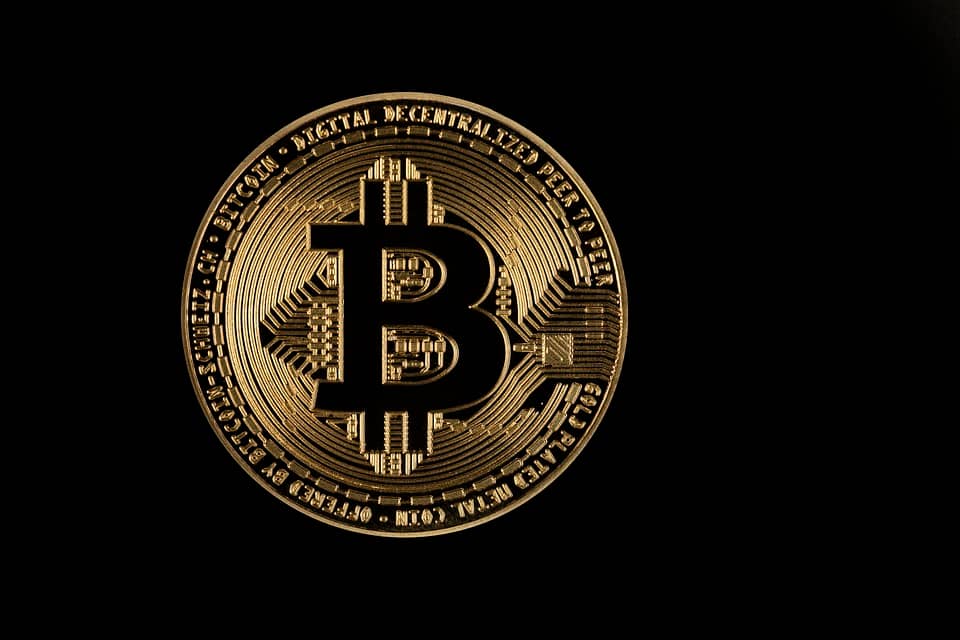The Original vs. the Alternatives: Key Differences Between Bitcoin and Altcoins
The world of digital currencies is vast and ever-evolving, with new cryptocurrencies cropping up daily. Among the sea of alternatives, Bitcoin (BTC) remains the pioneer and most well-known digital currency. Launched in 2009, Bitcoin has set the standard for decentralized, peer-to-peer electronic cash systems. However, with its popularity comes a plethora of alternatives, often referred to as altcoins. While sharing many similarities with Bitcoin, altcoins have distinct differences. In this article, we’ll delve into the key differences between the original Bitcoin and its alternatives, helping you understand what sets them apart.
1. Blockchain & Algorithm:
Bitcoin’s original blockchain is based on the SHA-256 hashing algorithm, while many altcoins use alternative algorithms, such as scrypt, Ethash, or Proof-of-Stake (PoS). These algorithms have varying levels of energy efficiency, security, and computational difficulty, affecting the network’s overall performance.
2. Consensus Mechanism:
Bitcoin’s proof-of-work (PoW) consensus mechanism relies on solving complex mathematical puzzles to validate transactions and secure the network. Altcoins like Ethereum (ETH) and IOTA (MIOTA) utilize alternative consensus methods, like proof-of-stake (PoS) or delegated proof of stake (DPoS), which prioritize energy efficiency and aim to reduce the computational overhead.
3. Supply & Distribution:
Bitcoin has a limited maximum supply of 21 million BTC, with the majority mined in the early years and only a trickle remaining. Altcoins, on the other hand, often have no such cap, which can lead to excessive inflation and devaluation. Some, like Dogecoin (DOGE), have been mintage-limited, while others, like Ethereum, have a flexible supply governed by their blockchain’s economic model.
4. Transaction Speed and Fees:
Bitcoin’s average block time is around 10 minutes, while altcoins like Litecoin (LTC) and Ethereum (ETH) have faster block times, typically measured in minutes or even seconds. Faster block times usually come at the cost of higher fees, which can increase transaction costs. Bitcoin’s fees, usually measured in satoshis (1 satoshi = 0.00000001 BTC), remain relatively stable.
5. Anonymous Transactions:
Bitcoin’s protocol prioritizes pseudo-anonymity, allowing users to remain semi-anonymous. This is achieved through the use of pseudonyms (wallet addresses) and-chain transactions. Altcoins like Monero (XMR) and Zcash (ZEC) focus on greater anonymity, applying various techniques, such as ring signatures, homomorphic encryption, and zero-knowledge proofs, to ensure increased privacy for users.
6. Security:
Bitcoin’s open-source code and widespread adoption have made it a high-value target for hackers and cyber-attackers. Altcoins often focus on enhanced security features, such as multi-layered security, enhanced encryption, and self-executing smart contracts. Examples include Ethereum’s use of gas and ETAs (Ethereum-based assets) and the secure messaging protocol used by Bitmessage (BTS) and Signal (SIG) networks.
7. Governance and Decision-Making:
Bitcoin’s decentralized, community-driven governance model allows anyone to participate in decision-making through the voting process on the Bitcoin Improvement Proposals (BIPs). Altcoins, like Ethereum, make use of the same governance model, while others, such as Cardano (ADA), utilize a self-governing decentralized autonomous organization (DAO).
8. Use Cases:
Bitcoin is primarily used as a store of value, a medium of exchange, and a unit of account. Altcoins, however, have diverse use cases, such as:
* Ethereum: Smart contracts, decentralized applications (dApps), and initial coin offerings (ICOs)
* IOTA: Machine-to-machine (M2M) transactions, IoT data monetization, and distributed ledger technology
* Dogecoin: Donations, tips, and charity workConclusion:
In conclusion, while Bitcoin is the pioneer and most well-known digital currency, altcoins have carved out their own niche in the market. Understanding the differences between the two is crucial for investors, users, and developers. By recognizing the strengths and weaknesses of each, you can make informed decisions about which cryptocurrency best suits your needs.
FAQs:
Q: What is the main difference between Bitcoin and altcoins?
A: Main differences include blockchain algorithm, consensus mechanism, supply and distribution, transaction speed and fees, anonymity, security, governance, and use cases.
Q: Is Bitcoin still the best?
A: It depends on one’s goals and needs. If you want a peer-to-peer electronic cash system with a low transaction limit, Bitcoin might be the best choice. However, if you need a currency for high-traffic, fast transactions, and smart contracts, altcoins like Ethereum or IOTA might be more suitable.
Q: Are altcoins as secure as Bitcoin?
A: Some altcoins prioritize security features and aim to be more secure than Bitcoin, but no digital currency can guarantee absolute security.
Q: Can I use altcoins for everyday transactions?
A: Yes, many altcoins have merchant acceptance and can be used for everyday transactions. However, due to market volatility, it’s essential to research and understand the risks involved.
Q: Can I mine altcoins?
A: Yes, mining altcoins is possible, but the process and profitability vary greatly depending on the algorithm, difficulty, and computational power required.
By understanding the differences between Bitcoin and altcoins, you’ll be better equipped to navigate the world of cryptocurrencies and make informed decisions. Always remember to stay informed, stay vigilant, and stay ahead of the curve in this rapidly evolving industry.

Leave a Reply